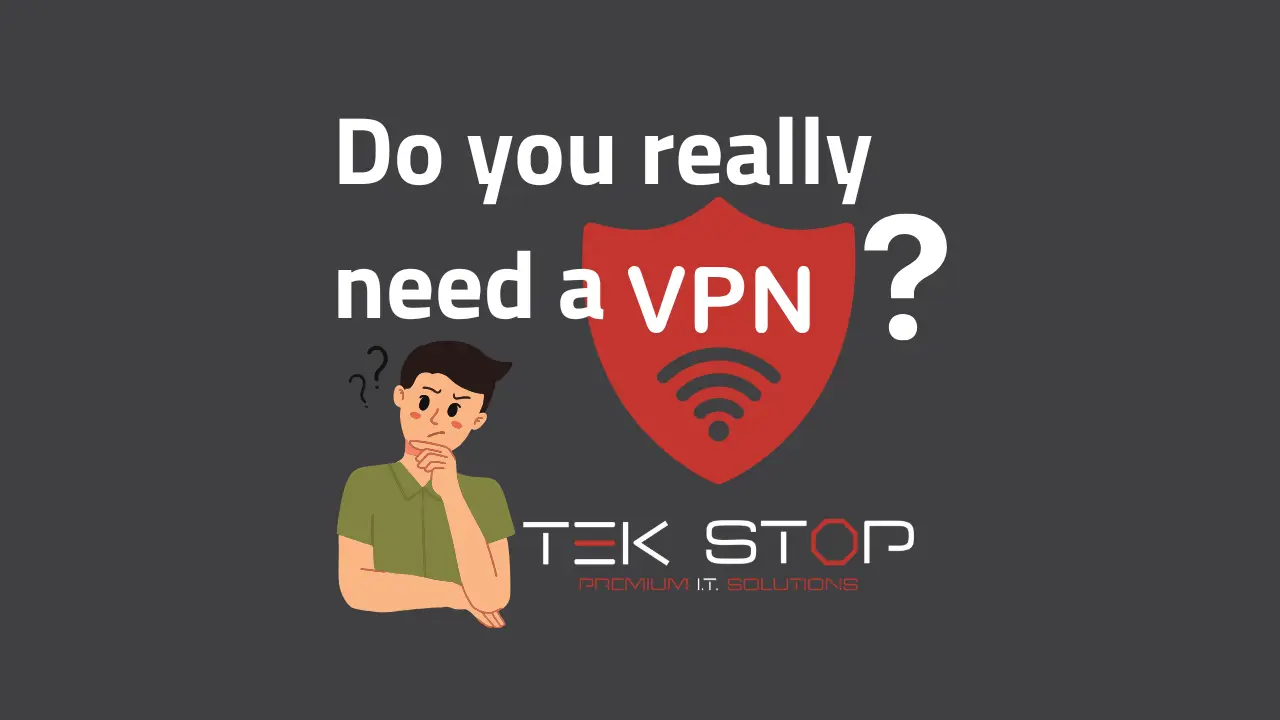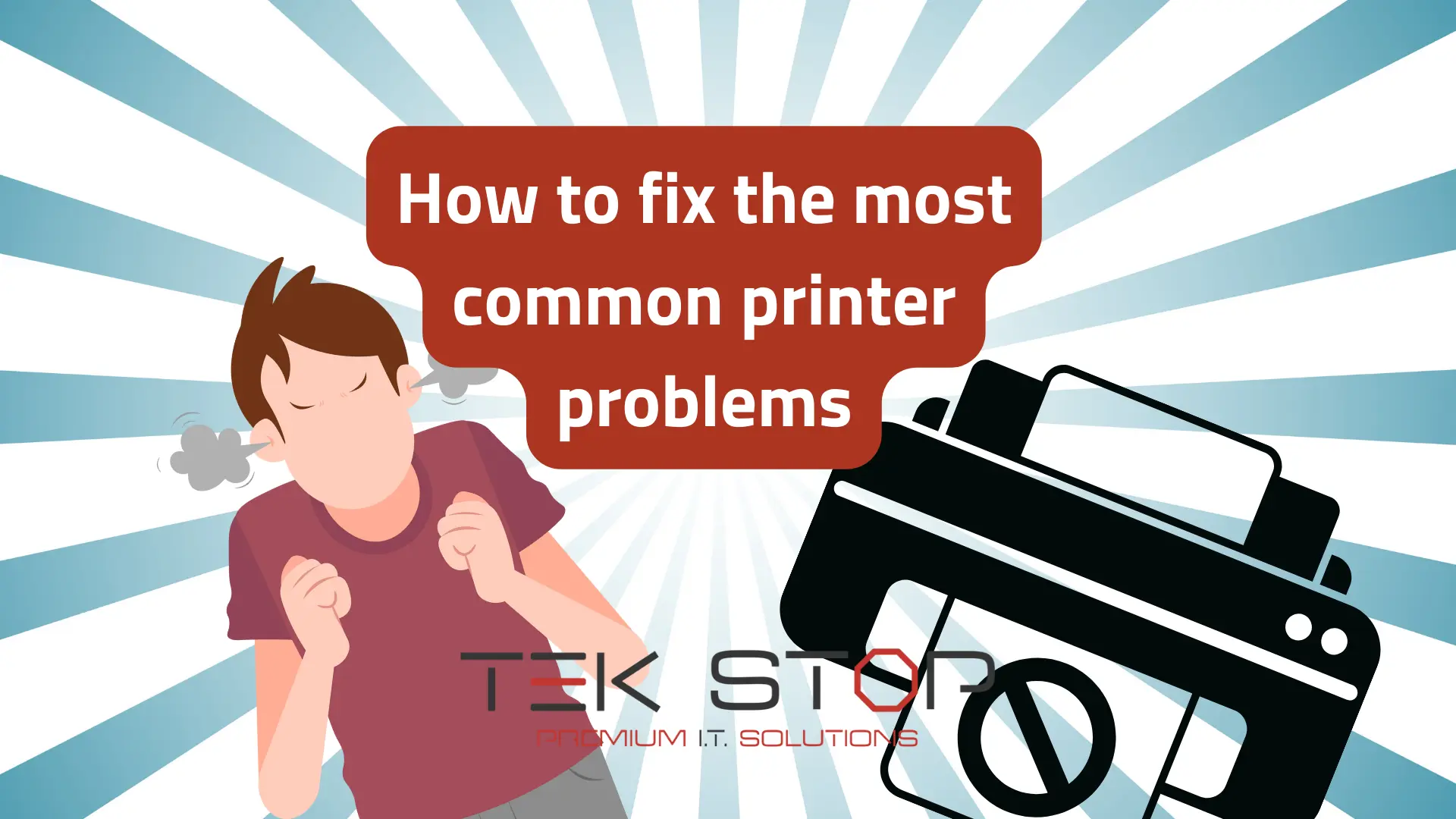4 cyber security practices you need to implement today
Cyber security is a hot topic in the news, but most of us know very little about practicing good cyber hygiene. The number of cyber-attacks on businesses is increasing all the time, which means that you need to be aware of the threat and how to prevent it. Don’t get caught out by the hackers! Implement these four simple cyber security practices today.
1. Use a password manager
If you’ve ever wondered how you can possibly keep track of all your passwords, how to make them stronger, or why it’s important to use a different password for each site, look no further. A password manager is an app or software that stores your passwords and helps you generate new ones. It can be secure and convenient if you choose the right tool. Practicing good cyber security means using unique passwords with every account.
Here are some password managers that have been recommended by credible sources:
1Password — For Macs, PCs and mobile devices; paid plans for individuals or for families (up to five users).
Dashlane — For Macs, PCs and mobile devices; paid premium service.
Keeper — For Macs, PCs and mobile devices; paid individual accounts or up to five users on a family account.
LastPass — For Macs, PCs and mobile devices; free basic plan or paid premium service with additional features such as sharing capabilities, as well as family plans.
2. Implement multi-factor authentication
Multi-factor authentication is an important feature for securing sensitive account. A highly recommend cyber security practice is to enable multi-factor authentication whenever possible. To gain access to a system, users must pass more than one verification step. This can increase the security of any system because it makes it harder for hackers to break into private accounts. Here are some common methods:
- A token generator that produces a random number at frequent intervals
- Text messages that send a code to a user’s mobile phone
- Biometrics such as retinal scans or finger print readers
3. Use encrypted emails whenever possible
Another important cyber security practice is using encrypted email services. It’s best to use encrypted emails when possible to keep your information secure. Emails are often an easy way for cyber criminals to steal your information, so it’s best to keep them as secure as possible. If you’re ever in a situation where you need to send sensitive information, like a contract to a client, encrypted email may be the best option.
Encryption it ensures that only the sender and the intended recipient will be able to read the contents of the message. Gmail is one of the most popular email services out there, and like most other email services, it’s not fully secure. If you want to be sure that your emails are encrypted and can only be read by you, then it is best to go for a more secure service.
4. Conduct regular training on cyber security practices and social engineering methods
Hack all your employees. No really, hack your employees. We’re not talking about the kind of hacking you do to the code on an application or the database hosting a website. We’re talking about launching simulated phishing emails. The premise is simple: send emails to your staff that look like they come from a legitimate sender, like a vendor or partner, to see who falls for them and who doesn’t. If you’ve recently trained your staff on cyber security best practices, then this is an excellent way to see how well those trainings worked and identify areas that need more attention and refinement. These simulated attacks can help determine if additional training could be beneficial for specific departments or new hires and even help firm up security best practices across the organization.
Cyber security is an important aspect of owning a small business.
In today’s digital age, cyber security is an important aspect of owning a small business. Cyber attacks are on the rise, with over 70 percent of attackers targeting small businesses compared to large corporation attacks—and over 60 percent of small businesses that suffer a cyber attack close within six months. When it comes to cyber attacks, don’t think you’re too small to get hit. The average estimated cost per incident is $200,000 for a small business.
It’s important to protect your company from these types of dangers. Make sure you’re taking these four steps towards better cyber security practices in your business today!
Recent Posts
What is the best VPN and do you even need one?
You have probably seen the ads about using a VPN
Is Sparklight Down? How to tell if your internet connection is working.
Feeling disconnected? It's frustrating when your Sparklight internet goes down.
Common Printer Problems and How to Fix Them
You hit print, eager to get that concert ticket in




